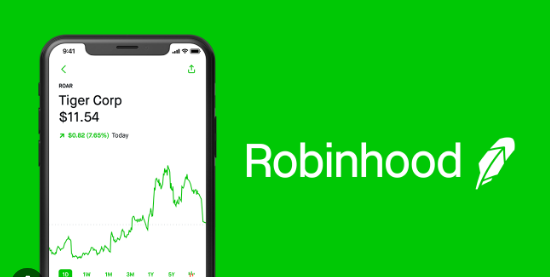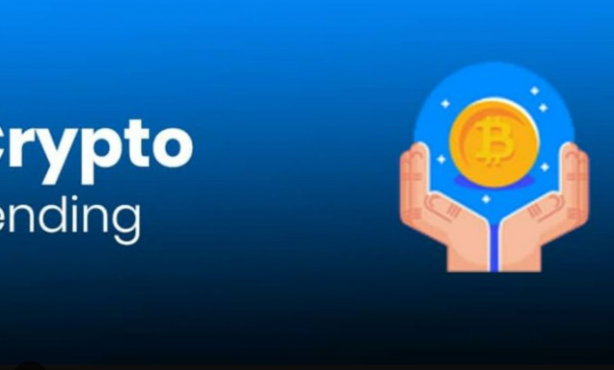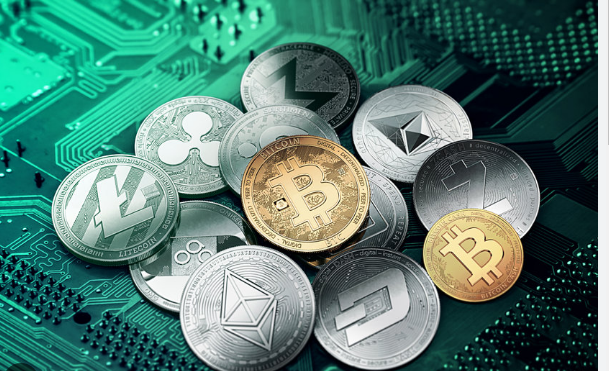
Advertisements
Cryptocurrencies have exploded in popularity in recent years, offering investors the chance to get in early on innovative blockchain projects. While major coins like Bitcoin and Ethereum grab most of the headlines, there are hundreds of smaller, more affordable cryptos that could be poised for gains.
Advertisements
In this comprehensive guide, we will look at 10 cheap cryptocurrencies that have strong fundamentals and upside potential. These are projects to consider adding to your portfolio if you want exposure to the crypto space without breaking the bank.
What Makes a Cryptocurrency “Cheap”?
Before getting into the top cheap crypto picks, let’s look at what factors make a digital asset inexpensive to purchase:
- Low market capitalization – This refers to the total value of all the coins in circulation. Cheap cryptos generally have a market cap below $1 billion.
- Low price per coin – If a cryptocurrency is trading at a fraction of a penny, it is considered very cheap compared to a digital asset going for thousands of dollars per token.
- Newer/lesser known projects – Cryptocurrencies that are newly launched or have lower levels of adoption trade at lower prices compared to established platforms like Ethereum.
The chance to get in early is why investors may want to buy cheap coins, but this comes with higher volatility and risk. However, picking the right projects could lead to incredible returns at a low cost.
Next, let’s look at 10 promising cheap cryptocurrencies and examine their key features.
1. Cardano (ADA)
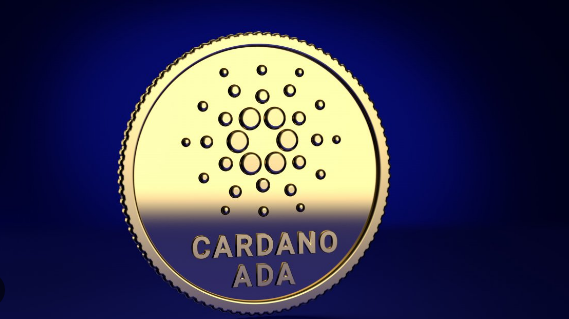
Advertisements
Cardano (ADA) is a proof-of-stake blockchain that aims to allow “changemakers, innovators, and visionaries” to bring positive global change.
ADA is the native token of Cardano. It currently trades around $0.40 with a market cap of $13 billion.
Some key features of Cardano:
- Strong focus on scientific philosophy and peer-reviewed research in its design.
- Emphasis on scalability, sustainability, and interoperability.
- Uses Ouroboros proof-of-stake consensus for security and efficiency.
- Roadmap includes smart contracts, DEXs, stablecoins, tokenization, voting, and more.
With its thoughtful construction and aims to evolve into a complete ecosystem, ADA has excellent long-term growth potential at a low entry point.
2. Polygon (MATIC)
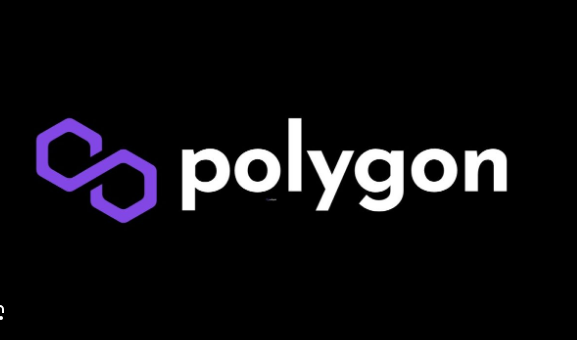
Polygon (MATIC) is a scaling solution for Ethereum aiming to provide faster and cheaper transactions while still leveraging Ethereum’s security.
The MATIC token currently trades for around $1.05 with a market cap of $8 billion.
Some advantages Polygon provides:
- Allows building and connecting Ethereum-compatible blockchain networks.
- Supports standards like ERC-20 and ERC-721 for interoperability.
- Offers sidechains, plasma chains, zero-knowledge rollups, and more scaling solutions.
- Over 7,000 DApps, NFT and DeFi projects use Polygon such as AAVE and OpenSea.
Polygon makes it easy for Ethereum projects to optimize performance without sacrificing security, giving MATIC strong utility.
3. Stellar Lumens (XLM)
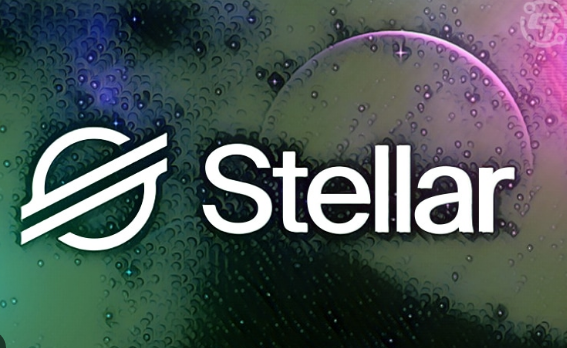
Stellar (XLM) is an open-source protocol for digital currency designed for cross-border transactions.
Stellar aims to connect financial institutions for more efficient money transfers and provide banking services to those without access.
XLM has a current price of $0.088 and a market cap of $2.2 billion.
Key features of Stellar:
- Allows fast, low-cost currency conversion and international payments.
- Native support for issuing and trading any type of digital asset.
- Consensus model based on a federated Byzantine agreement for performance and flexibility.
- Non-profit Stellar Development Foundation promotes adoption with partnerships like IBM and Deloitte.
With real-world utility for payments and asset tokenization, Stellar provides value at an accessible price point.
4. STEPN (GMT)
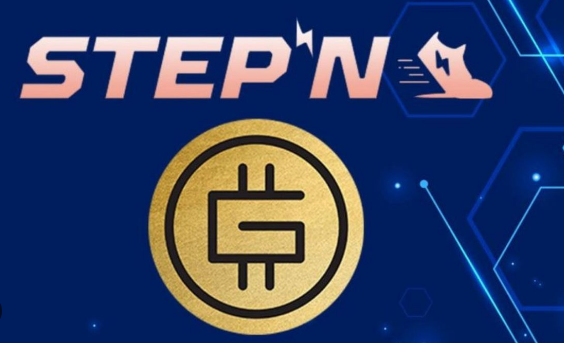
STEPN (GMT) is a Web3 lifestyle app with social fi and game fi elements. Users can earn GMT tokens by walking, jogging or running outdoors.
STEPN aims to promote healthy lifestyles and build communities through its “move-to-earn” model.
GMT currently trades for around $1.20 with a market cap of $239 million.
Key aspects of STEPN include:
- NFT Sneakers are required to earn rewards which can be leveled up.
- Game fi tokenomics incentivize users and balance ecosystem.
- Roadmap includes new game modes, social features, and AR.
- Backed by major investors like Sequoia Capital and Binance.
As a unique crypto project merging health and social trends, STEPN has significant potential to grow its user base exponentially.
5. Nexo (NEXO)
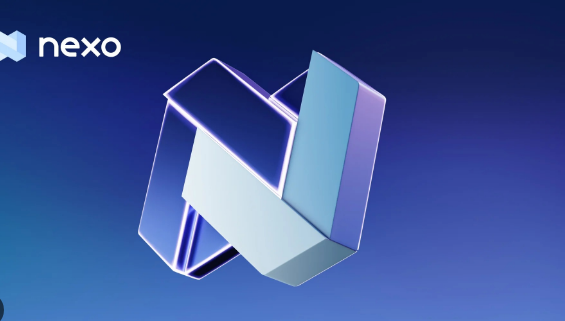
Nexo (NEXO) is a regulated digital assets institution that offers crypto-backed lending and borrowing.
Users can hold assets, take instant crypto loans, earn interest on holdings, and make exchanges while retaining ownership of their keys.
NEXO currently trades for around $0.97 with a market cap of $544 million.
Key features of Nexo include:
- Insured custodial wallets and military-grade security.
- Competitive interest rates on cash and crypto savings accounts.
- Fast approvals on cash loans against crypto collateral.
- Support for 200+ tokens including BTC, ETH, XRP, DOT, and more.
With strong crypto lending utility and increasing interest rates, NEXO has room for upside at under $1.
6. Loopring (LRC)
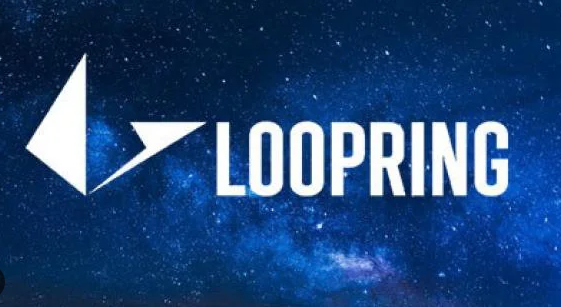
Loopring (LRC) is an open-source protocol building a non-custodial exchange and payment platform on Ethereum.
Loopring aims to increase liquidity, reduce costs, and prevent front-running for DEX traders using zero-knowledge proofs.
LRC is priced at around $0.36 with a market cap of $478 million.
Notable aspects of Loopring include:
- Order book exchange with automated market maker model.
- zkRollup layer-2 scaling solution for up to 2,025 TPS.
- Liquidity mining incentives and fee discounts for LRC stakers.
- Strategic partnership with GameStop for NFT marketplace.
With significant scalability improvements for high-volume DEXs, LRC has strong growth potential under $1.
7. Quant (QNT)
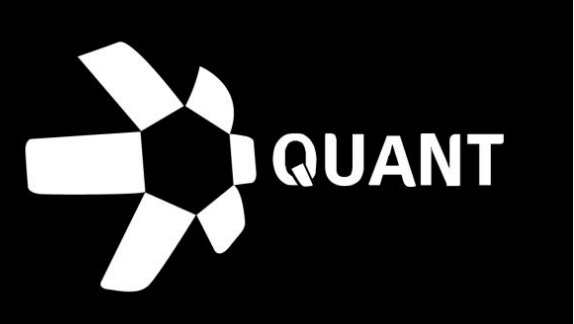
Quant (QNT) is a project connecting blockchains and networks globally without sacrificing efficiency.
The QNT token aims to power the Quant Network Overledger operating system that provides interoperability between different distributed ledger technology (DLT) protocols.
QNT is priced at around $161 with a market cap of $1.9 billion.
Key aspects of Quant Network:
- APIs enable the development of MApps (multi-chain applications).
- Overledger SDK connects any blockchain to permissioned networks.
- Confidential Transactions hide identity and amounts.
- Part of Oracle PartnerNetwork and Linux Foundation.
As blockchain interoperability becomes more crucial, QNT has significant upside potential from its niche.
8. Theta Network (THETA)
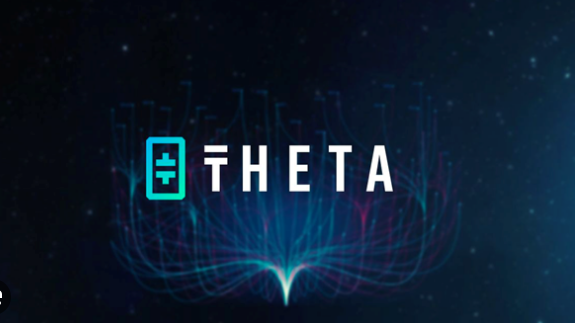
Theta Network (THETA) is a decentralized streaming platform with its own blockchain optimized for video delivery.
The project aims to improve bandwidth efficiency and reduce CDN costs for media and entertainment companies.
THETA trades for around $1.07 with a market cap of $1.1 billion.
Key Theta Network features:
- Incentives for users to share bandwidth resources as “guardian nodes”.
- Native NFT support allows unlocking content and rewards.
- Partners include Google, Binance, Sony, and Lionsgate.
- ThetaDrop NFT marketplace in development.
As the need for decentralized streaming grows, Theta is poised for massive adoption in the media industry.
9. Kava (KAVA)
Kava (KAVA) is a cross-chain DeFi platform that allows users to lend, borrow, and earn interest on major crypto assets.
Built using the Cosmos SDK, Kava connects blockchains like BNB Chain, Ethereum and others via interoperable hubs called “IBC”.
KAVA is priced at $1.72 with a market cap of $407 million.
Features of Kava:
- Kava Lend offers one-click lending for supported cryptos.
- Users can stake KAVA for yields as high as 43%.
- Bridges allow the transfer of assets between Ethereum, BNB Chain, and Polygon.
- Partners include Binance, Huobi, and OKX.
Kava provides a key hub bridging disparate DeFi ecosystems, giving KAVA room for growth.
10. Arweave (AR)
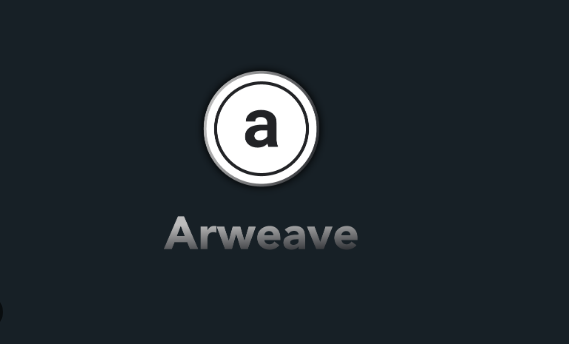
Arweave (AR) is a decentralized storage network that seeks to offer a permanent home for data.
Using its “blockweave” structure, Arweave aims to allow permanent on-chain storage of apps, websites, documents and more.
AR trades for around $10.03 with a market cap of $500 million.
Notable aspects of Arweave:
- Novel proof-of-access consensus makes stored data always available.
- Developers can build censorship-resistant, permanent apps and websites.
- File storage costs a fraction of centralized cloud storage providers.
- Investors include a16z, USV, and Multicoin Capital.
As demand grows for uncensorable and reliable data storage, Arweave’s innovative protocol could see significant adoption.
Key Considerations When Investing in Cheap Cryptocurrencies
If you decide to buy some of these cheap cryptocurrencies, there are a few strategy tips to keep in mind:
- Start with a small position as part of a diversified portfolio. Don’t invest more than you can afford to lose.
- Be prepared to hold long-term projects to increase in value and adoption over months and years.
- Closely follow development roadmaps and announcements that could catalyze or hinder growth.
- Have clear entry and exit points planned out for each investment according to your risk tolerance.
While cheap cryptocurrencies can offer exciting upside, they also come with plenty of risk. Make sure to do thorough due diligence on any project before investing.
Conclusion
Cheap cryptocurrencies can give investors exposure to innovative blockchain projects in their early stages before widespread adoption drives up prices. While risks are high with such speculative assets, the returns can be massive with the right picks.
This guide covered 10 cryptocurrencies – including Cardano, Polygon, Stellar, and more – that are accessible for under $10 at the time of writing. They offer unique value propositions from payments, to DeFi, crypto-backed lending, and digital storage.
As you decide which cheap cryptos may be worth investing in, pay attention to the team, technology, real-world utility, and community engagement. With diligent research and astute investing, cheap coins could potentially deliver life-changing gains to your portfolio.
